Awaiting Spring
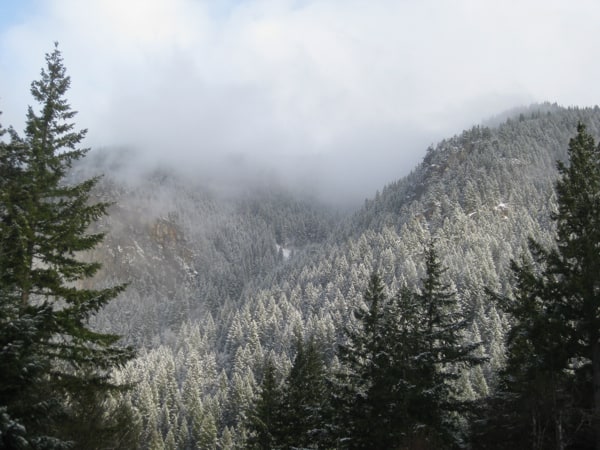
Spring is near. I can feel it.
Here in the North Cascades, small changes signal the coming season. The surrounding forest echoes with bird song, swarms of robins and dark-eyed juncos flit between branches of deciduous alder, paper birch and vine maple. Within the last month, sounds of varied thrushes, pine siskins, red-breasted sapsuckers and Pacific wrens have again filled the forest. Each day my eyes scout for newcomers, as I learn which birds will return to the North Cascades and when. Although I know most birds were gone all winter, their vocal return reminds me just how silent the forest has been. And I welcome the jubilant sound of their song.
The sun rises much earlier and sets much later. In the forest, spring changes are slowly emerging and apparent in the smaller details of the vegetation. I noticed these changes when I passed by a young red alder that had emerged from its dormancy seemingly overnight. The tree’s maroon bud casings, which have protected the new leaves through winter, have unfurled, revealing new small, bright green leaves. It’s catkins that were so tightly bound over winter have opened. Several feet down the trail I notice small white buds of the vine maple beginning to decorate its long, green branches that stretch through the lower forest canopy.
Along nearby trails, Oregon grape begins to form buds, which will eventually bloom and form sour, purple berries in the summer. Until this winter I had only seen the plant with its berries and am excited to see how the plant will transform from its winter stage, to flowers and finally form its fruit. New blooms of coltsfoot emerge along the Buster Brown trail near Deer Creek. At this early stage, the plants looks like a tightly bound bouquet of small blooms, reminding passersby that spring is near.
Top: Mountain School students and staff awake this spring to a wintry landscape. Above: A new leaf of a red alder begins to grow, showing initial signs of spring.
Catkins, once tightly bound through the winter months, dangle from red alder trees.
I’ve always taken notice of the signs of spring after coming through wet, cold winters. But the small signs have never been so apparent this year while living at the North Cascades Environmental Learning Center. Each time I walk the nearby trails with my Mountain School students, I find another small sign of the new season. I have lived in western Washington for several years now, but I’ve never lived in the mountains, let alone for an entire year. By the conclusion of my Learning Center residency for the M. Ed. graduate program in August, I will have seen an entire cycle of the landscape in this portion of the North Cascades.
Oregon grape forms new buds that will turn into flowers and eventually produce its round, purple, grape-like berries.
Coltsfoot blooms near Dear Creek on the Buster Brown Trail.
Most of us living and working at the Learning Center are ready for the warmer days of spring. But we’re not there yet. While spring moves forward winter struggles to hang on still. The surrounding landscape exemplifies this tug-of-war between seasons.
Above the Learning Center the snow line hovers in the mountains just above 1,000 feet. The slopes of Pyramid and Colonial Peaks continue to receive snowfall, which will most likely remain until summer, and the lower elevations of Sourdough and Ruby Mountains are covered in a dusting of snow. In the beginning of April a group of Mountain School students from Seattle experienced the North Cascades in “winter” as several inches of snow fell while they were here. Students who were prepared for spring learned about the North Cascades ecosystems in weather that resembled November rather than April. This brought canoeing for the first time to a whole new level for some of them.
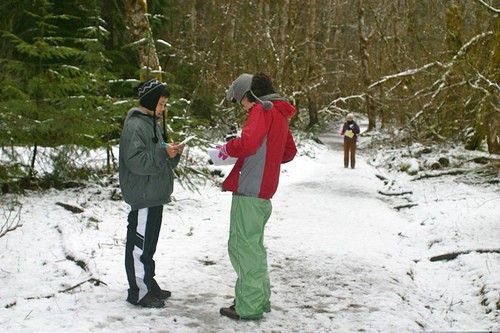
Mountain School students participate in “Each One Teach One” in the snow. Photo courtesy of Alyssa Royse.
Students endure winter-like conditions for the opportunity to paddle on Diablo Lake. Photo courtesy of Alyssa Royse.
More recently we’ve watched blue sky fade behind dark clouds pushing through the upper valley, harboring snow, rain and all things in-between—only to return to blue sky thirty minutes later, as if nothing ever changed. We’ve grown accustomed to snowfall in the morning, followed by rain mid-morning and sun in the afternoon. These are the days for layers.
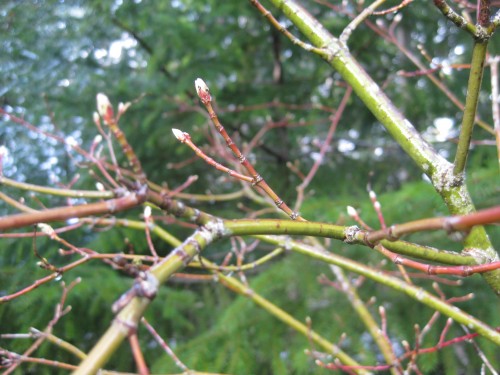 White buds emerge with the beginning of spring, dotting the elongated branches of vine maple.
White buds emerge with the beginning of spring, dotting the elongated branches of vine maple.
Although I’m ready for spring, I find this winter/spring transition time rather entertaining, as it keeps us all on our toes. I enjoy waking to an inch of snowfall in the forest on April mornings; by the afternoon, it appears as if spring has truly arrived. This constant shift is a reminder that nothing is guaranteed in the North Cascades. Not even spring in April. But when it comes I will be ready. Ready for sandals, a warm canoe on the lake, and to continue observing the seasonal changes of this amazing North Cascades landscape. Eventually more plants, birds and other animals will return to the Learning Center neighborhood, and I will welcome them.
All photos courtesy of the author, unless otherwise noted.

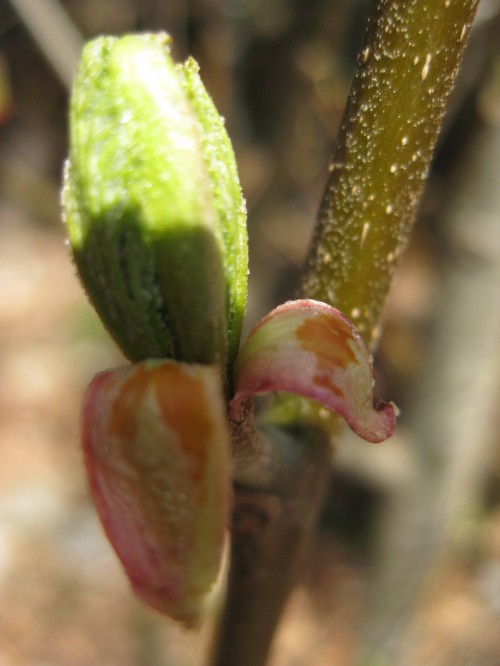
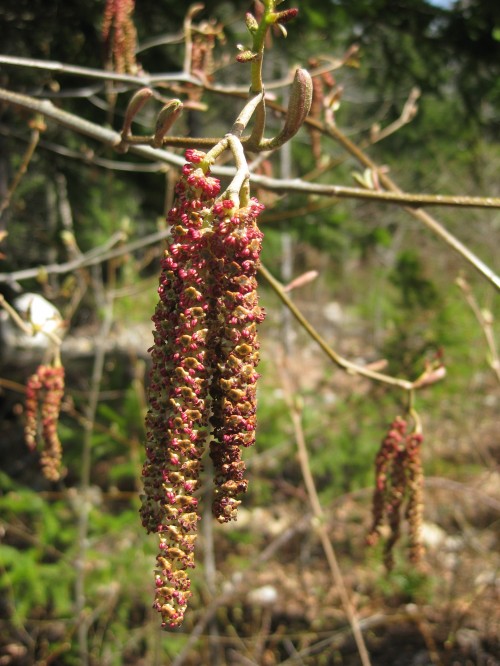
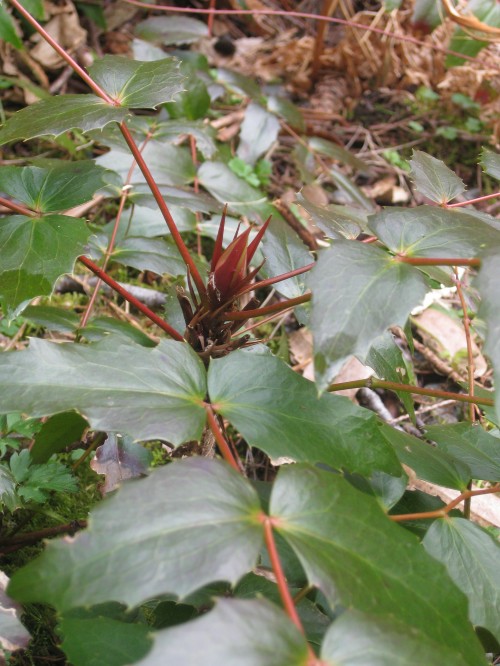

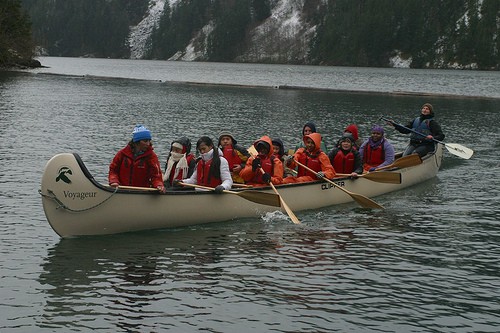
Nice Codi!!! Saul has coined the term “sprinter” for the new season that has interjected itself between winter and spring. Who knew that the ELC truly has 5 seasons?!